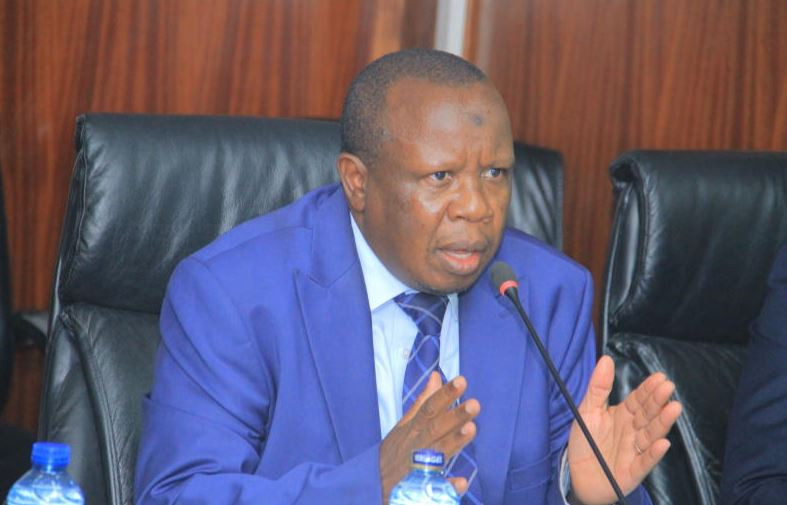OPEC Predicts Significant Rise in India's Oil Demand

OPEC projects a significant rise in India's oil demand, forecasting a 3.4% increase in 2025. This growth rate is double that of China, driven by India's robust economy and ongoing government support. The surge in demand is fueled by key sectors, including transportation, manufacturing, and infrastructure projects. Diesel is expected to be the primary driver of this increased demand.
India's oil demand is projected to escalate from 5.55 million barrels per day (bpd) in 2024 to 5.74 million bpd in 2025, marking a 3.39% increase. Further growth is anticipated in 2026, with demand reaching 5.99 million bpd, a 4.28% rise. While China's oil demand is also expected to grow, the projected increases of 1.5% in 2025 and 1.25% in 2026 are considerably lower than India's.
Despite the rapid growth in India and China, the United States remains the largest oil consumer globally, with an anticipated demand of 20.5 million bpd in 2025, followed by China at 16.90 million bpd. The US is projected to experience modest growth of 0.09% in 2025 and 0.6% in 2026.
OPEC maintains its forecast for global oil demand, projecting an increase of 1.3 million bpd in both 2025 and 2026. This outlook is supported by India's strong economic momentum, driven by consumer spending, investment, and government initiatives in key sectors.
The OPEC report highlights that potential impacts from recently introduced US tariffs on Indian GDP growth may be mitigated by fiscal and monetary stimulus measures. Forward-looking indicators suggest a positive outlook for steady oil demand in India, with diesel continuing to be the primary driver of this demand due to massive road expansion and growing bitumen needs.
Strong growth in transport fuels, manufacturing, and petrochemical feedstock requirements are expected to further bolster overall oil demand. Specifically, oil product demand in India is projected to grow by 188,000 bpd year-on-year in 2025, averaging 5.7 million bpd. In 2026, ongoing trade-related negotiations are expected to reduce the impact of current tariffs, allowing India's economy to continue its expansion, supported by strong manufacturing and service sector activities. This is projected to drive oil demand up by 246,000 bpd year-on-year, averaging 6.0 million bpd, fueled by healthy transportation and manufacturing activities.
India relies heavily on crude oil imports, meeting over 85% of its needs. In March, India's crude imports reached a record high of 5.4 million bpd, with a month-on-month increase of over 5%. Product imports also rose by 2%, driven by higher inflows of LPG, while product exports slightly decreased by almost 3%. Russia emerged as the top supplier, accounting for 36% of India's total crude imports in March, followed by Iraq at 17% and Saudi Arabia at 11%.








